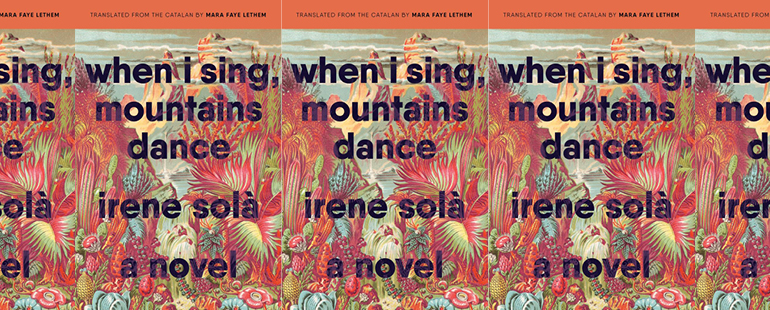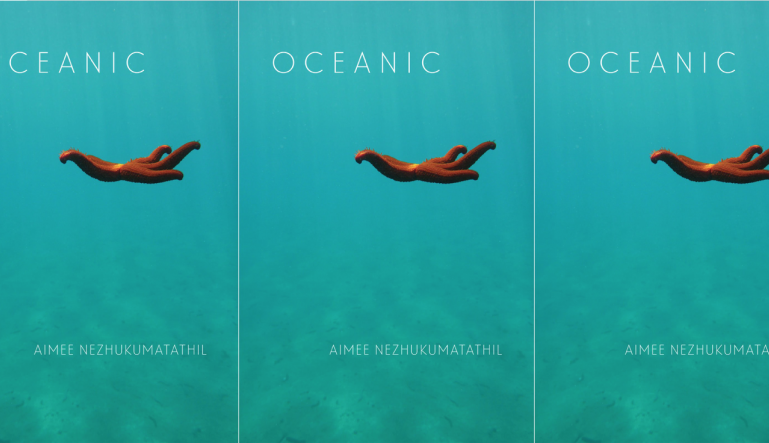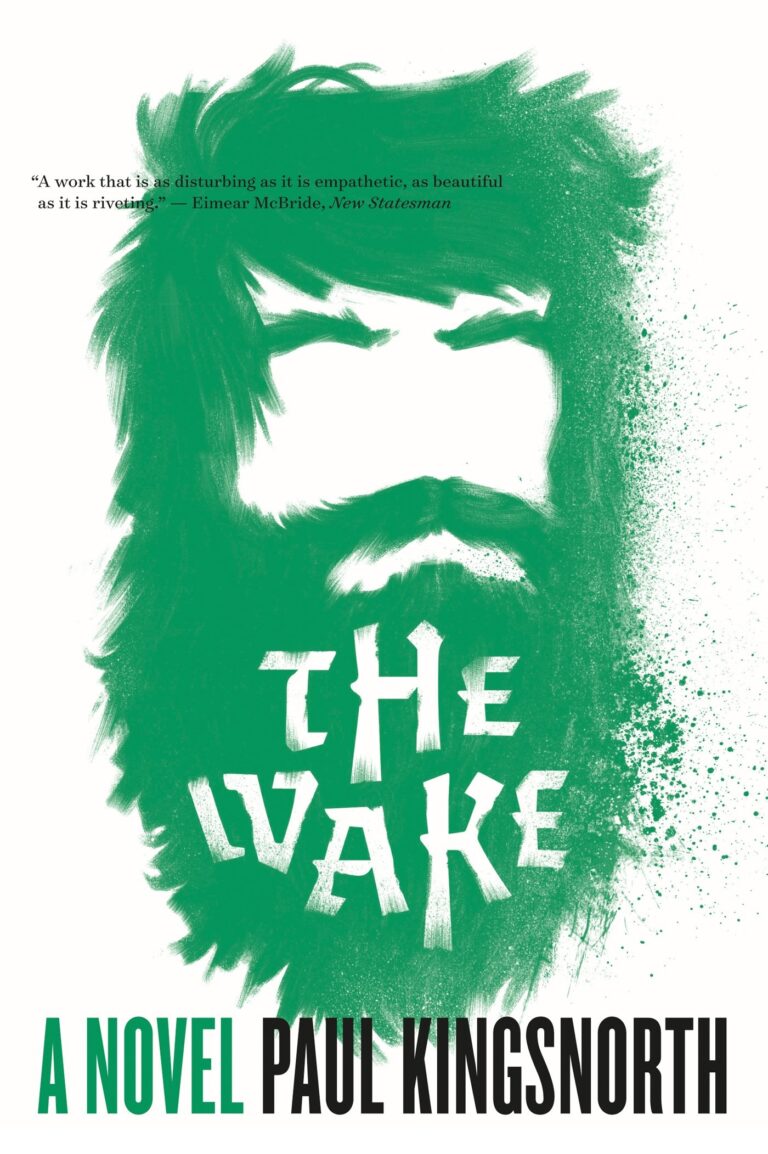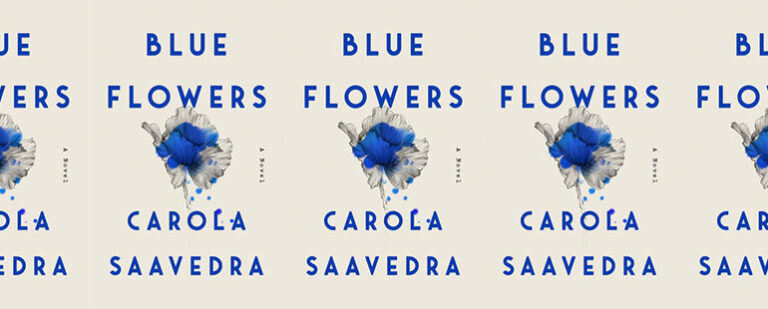Decay and Rebirth in Irene Solà’s When I Sing, Mountains Dance

When I Sing, Mountains Dance
Irene Solà (translated by Mara Faye Lethem)
Graywolf Press | March 15, 2022
In her inventive and lyrical second novel When I Sing, Mountains Dance, Irene Solà peels back the layers of a Pyrenees village, where the Spanish Civil War has left a landscape littered with shrapnel and lives haunted by ghosts, and where residents of towns that are losing their young people to the city meet tourists seeking a simpler way of life. By setting past and present side by side, and plunging us into human and nonhuman perspectives, Solà reveals the beauty and brutality of life in a mountain village that holds the scars of the past but also the seeds of slow repair and renewal.
The novel, published in English translation by Mara Faye Lethem, opens with a death, when Domènec, a village farmer, goes to the mountains to clear his head and work on poetry. A lightning bolt fells him as he rescues one of his calves, who is caught in a wire fence, and then it begins to rain. Alone on the mountain, his body is surrounded by a feverish and ebullient song of rain. A handful of black chanterelles, found by Domènec along the path, welcome the clouds that have ended his life. As rain soaks his clothes and cools his skin, the tiny black trumpets reach up with their mouths, eager for the life-giving moisture: “The cap of one is the cap of us all. The flesh of one is the flesh of us all. The memories of one are the memories of us all. The darkness, yes, the darkness. Like an embrace. … Mmmmm, they said to the rain. Mmmmmm, and they drank it in.”
The multiplying chanterelles echo one of Solà’s recurring themes—that the cycle of birth, decay, and rebirth essential to the mycelium networks that build the forest floor also encapsulates the fragility and resilience of life itself. Solà again focuses on life and death in the next section of the novel, when the story leaps forward in time to a deadly hunting accident. Domènec’s son, Hilari, goes into the mountain with his best friend, Jaume, and only one of them comes back alive. We learn about the shooting obliquely, first from the perspective of the town bailiff, then from the roe-buck who escapes the shooting, whose story begins with his own hot, dark and urgent birth. “The darkness no longer wanted us,” the roe-buck understands as he emerges into a life of twitchy vigilance and sudden escapes.
Here, Solà holds the reader at a bit of a distance from the emotional impact of death. Even the human perspectives are oblique: the bailiff watches the two young men go up the mountain; a visiting tourist is baffled when all the shops are closed for the funeral, and he’s unable to get a baguette for his journey home. But there’s also an incredible expansiveness to the views offered. Moving from the perspective of the rain clouds, the chanterelles, the bailiff, and the roe-buck, Solà moves through the story like a dance, flinging the reader from one elemental force to another. Her sense of play also leavens the painful events unfolding on the mountain. For example: A chapter from the perspective of the mountain range is simply titled “Crunch.” In a chapter from the perspective of the dog, Lluna, who belongs to Domènec’s daughter Mia, the pet is torn between her desire to greet everyone with canine joy and her understanding that some encounters, like with garden-raiding children, “required more severity on my part.”
In the last third of the book, Solà brings readers deeper into the human lives on the mountain. Here, her characters sometimes slip into the archetypal. Men are often described in terms of their size or brute strength. Jaume is “the giant” and “the bear” and grew up even higher up in the mountain, with parents who came to town only once a year. Mia and other female characters have hints of fertility goddesses with their heavy, irresistible legs, their role as bringers of life. There’s a risk of oversimplifying, of slipping into a pastoral nostalgia. But Solà counteracts this with her slightly mocking view of the way city people view the mountains. The tourist glorifies village life, musing, “Emotions are more naked up here too. More raw. More authentic. Life and death, life and death and instinct and violence are present in every moment up here.” But he is irritated when villages won’t turn away from a funeral to meet his needs.
In the mountains, the ignorance of the tourists and the hardship of the locals collide. Likewise, the mountains hide and hold the past in the present. Children search for grenades even as their parents suppress the trauma of war. The village celebrates a festival for the bears that once roamed the mountains, thrilling at the fear they inspire. The ghosts of the bears remind the villagers that any progress can be undone, and this sadness is woven through the novel. Sola’s experimental approach to storytelling allows her to excavate the story of a place from the bedrock up, to shift our lens from the “I” to the whole. When I Sing, Mountains Dance is work of unexpected emotional power.


